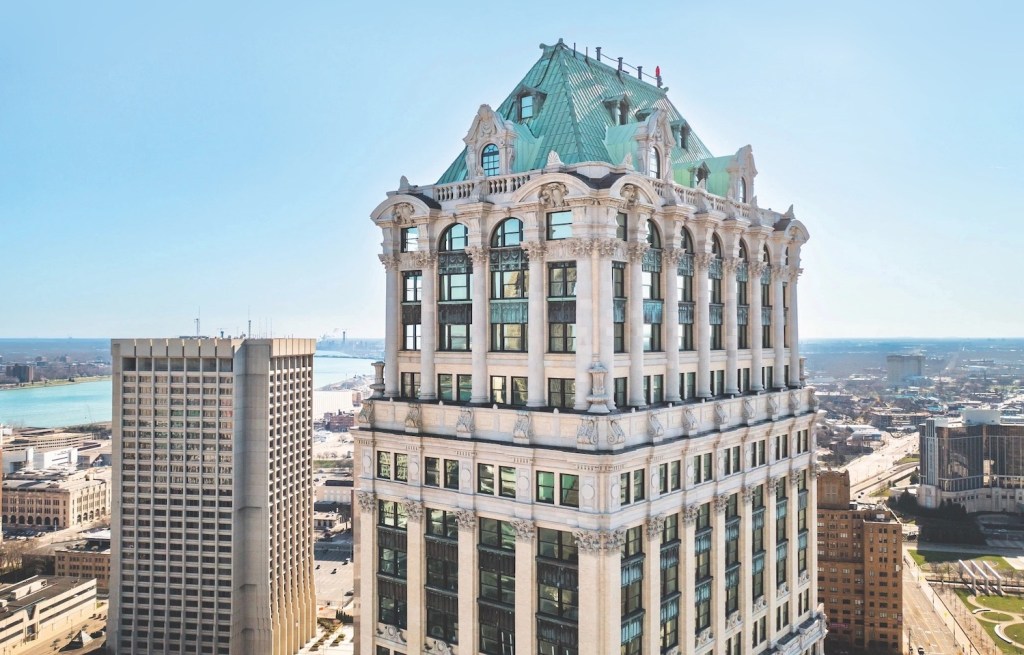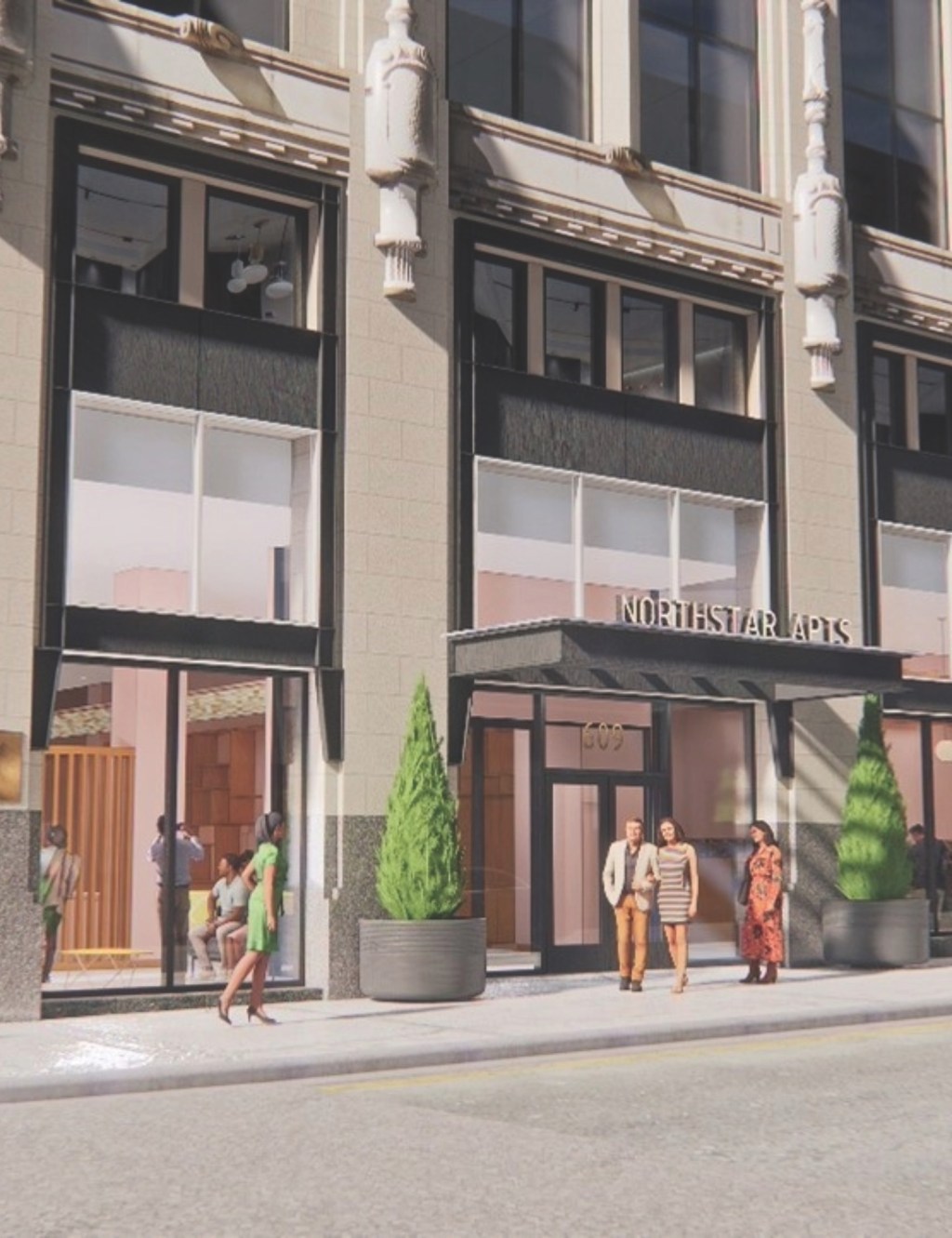Converting office space into living space is hard. Millions of square feet of office space are vacant in downtowns from San Francisco to New York City. The United States also has a tremendous shortage of housing, but only a fraction of this available office space is likely to be turned into apartments.
“It’s a much smaller universe than people think,” says Jay Lybik, national director of multifamily analytics for CoStar Group.
No more than 6.9% of office space in urban areas in the U.S. is likely to become apartments because of a range of factors, starting with the size and shape of the buildings. And if fewer office buildings suitable for conversion have extreme vacancy problems, that percentage could drop to 0.9%, according to research from CoStar.
Most office buildings have features that make them difficult to redevelop.
Some are located in places where renters don’t want to live. The windows of others may be giant sheets of single-pane glass that don’t open and lose too much heat to meet today’s tough standards for energy efficiency. Other problems range from ugly lobbies to asbestos.
Developers can solve many of these problems if they simply spend enough money. High rents can help … so can government subsidies for historic rehabilitation or environmental remediation.
Here are five examples of how apartment developers are—sometimes—finding solutions to these challenges and lessons drawn from their experiences.
-
Lesson 1: Preserving Historic Treasures
Carved stone on the exterior and grand spaces inside earn high rents, historic rehab subsidies at Book Tower in downtown Detroit.

-
Lesson 2: Location Pays for Renovation
Post Brothers is spending more than $1 million per unit to turn a weathered, concrete office building into luxurious apartments in the nation’s capital.

-
Lesson 3: Mixed-Use Can Make It Work
Office workers and apartment residents share drinks at the amenity spaces in the redeveloped Rivermark Centre in downtown Baton Rouge.

-
Lesson 4: Big Building, Big Challenges
Gensler architects find smart ways to transform a monolithic office tower at 160 Water St. in lower Manhattan.

-
Lesson 5: Government Money Makes the Difference
Sherman Associates receives millions from federal, state, and local programs to redevelop a landmark office tower in downtown Minneapolis.

